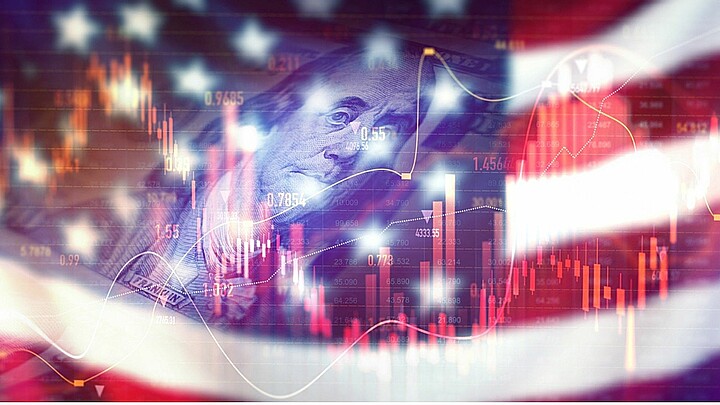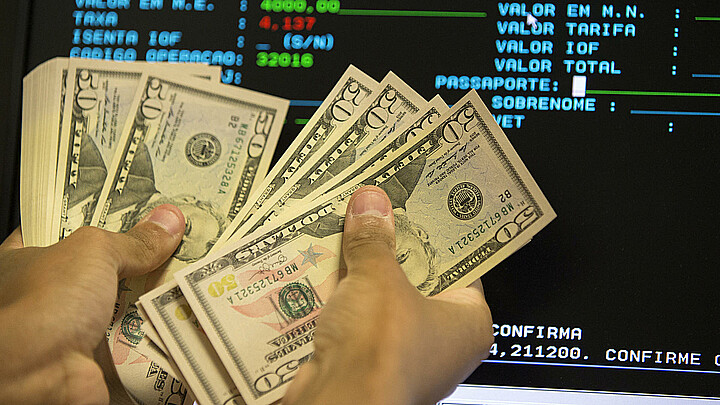Business
Wall Street rallies after Russia shows signs of de-escalation in Ukraine
"This market right here has turned into very much a headline-driven market," said Robert Gilliland, managing director at Concenture Wealth Management
March 29, 2022 1:58pm
Updated: March 29, 2022 1:58pm
U.S. markets rallied on Tuesday after bilateral talks between Russia and Ukraine showed signs of progress – but experts warn that a widely tracked part of the Treasury yield curve might be signaling trouble ahead for the economy as it neared inversion.
Although Russian President Vladimir Putin reportedly expected a lightning-fast victory after launching his “special military operation” on Feb. 24, heavy Ukrainian resistance has forced the Kremlin to reconsider its objectives and scale back its demands.
Earlier this week, Russia said it would “drastically cut” military activity around Kyiv and northern Ukraine and Deputy Defense Minister Alexander Fomin said that the ongoing discussions regarding the "neutrality and non-nuclear status of Ukraine" had contributed to the decision.
“In order to increase mutual trust and create the necessary conditions for further negotiations and achieving the ultimate goal of agreeing and signing (an) agreement, a decision was made to radically, by a large margin, reduce military activity in the Kyiv and Chernihiv directions," Fomin told reporters on Tuesday
Since the announcement was made, European stocks rallied, gold prices slipped and Brent crude prices dropped to $108 a barrel, Reuters reported.
"This market right here has turned into very much a headline-driven market," said Robert Gilliland, managing director at Concenture Wealth Management.
"The challenge is that I'm not certain that many people actually believe in the long term. What people are doing is looking for short-term opportunities and, therefore, buyers are driving up the market here."
By Tuesday afternoon, 9 of the 11 major S&P 500 indexes were also ahead.
Russian President’s “special military operation” – which launched more than a month ago on Feb. 24 – triggered a rally in commodity and metal prices and fueled concerns over historically high inflation as the U.S.’ central bank started withdrawing stimulus put in place during the pandemic.
American consumers appear to be gaining confidence in the market, however, and data showed that consumer confidence is on track to finish higher in March than it did at the same time last year. Although concerns of rising inflation is still weighing on Americans, a healthy job market has helped offset concerns over inflation.
The three major U.S. indexes are also on track to end March higher on the back of improving economic figures and gains in megacaps. However, they are still set to experience their worst quarter since the first three months of 2020 when the pandemic first started to ravage global financial markets.
At the same time, the spread between U.S. 2-year and 10-year Treasury yields narrowed below five basis points, moving yet another step closer to inversion, as traders bet that faster rate hikes would hurt the U.S. economy over the longer term.
"People are understanding that cash is going to lose when you have high inflation. Bonds have risk to them. And, therefore, people are looking at where they can put money and that's why you're seeing some of this with stocks," said Gilliland.










